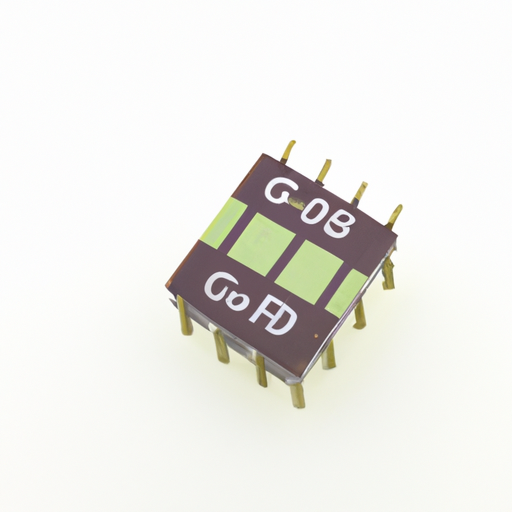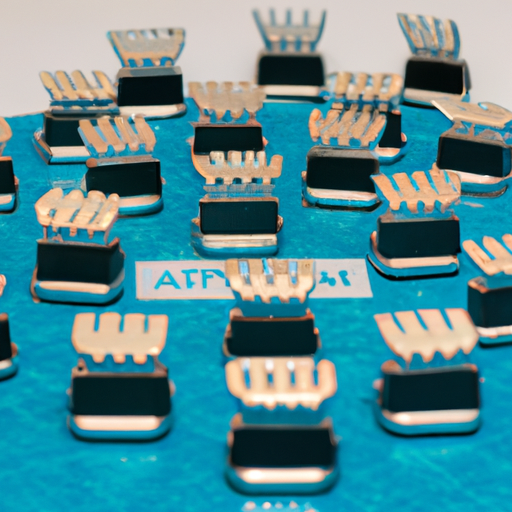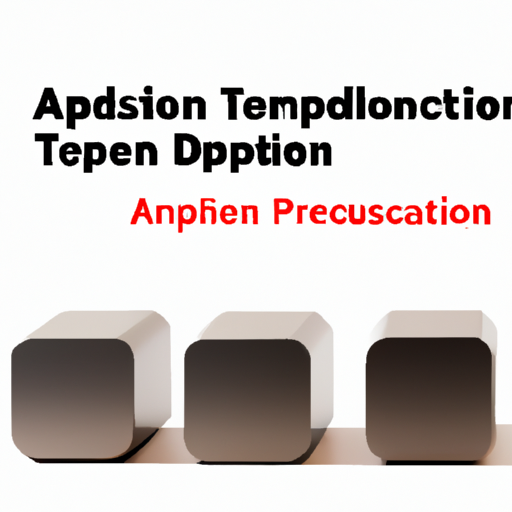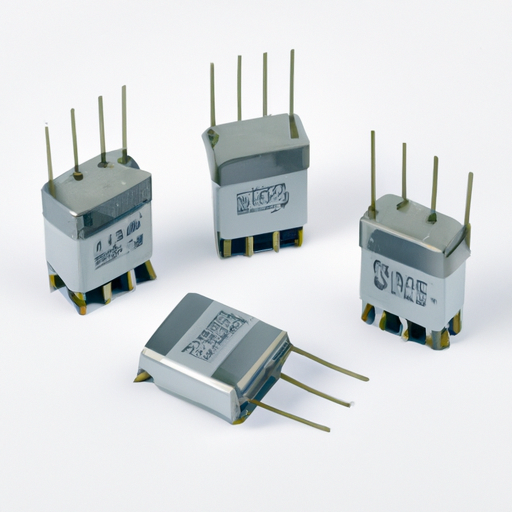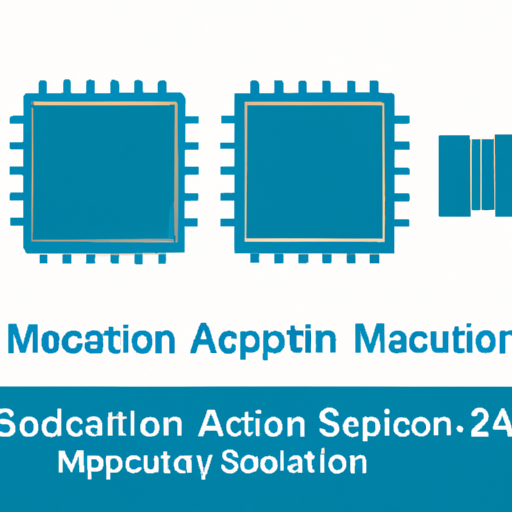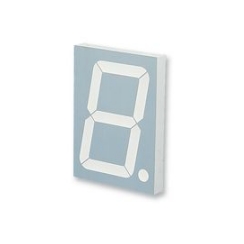CFR-25JB-52-1K2 Fixed Inductors highlighting the core functional technology articles and application development cases of Fixed Inductors that are effective.
Core Functional Technology of Fixed Inductors
1. Inductance: The primary function of a fixed inductor is to store energy in a magnetic field when electrical current flows through it. The inductance value, measured in henries (H), determines the amount of energy that can be stored and influences the inductor's behavior in circuits.
2. DC Resistance (DCR): This is the resistance encountered by direct current flowing through the inductor. A lower DCR is desirable as it reduces power loss and improves efficiency, particularly in high-current applications.
3. Saturation Current: This is the maximum current the inductor can handle before the core material reaches saturation, which results in a significant drop in inductance. Knowing the saturation current is essential for ensuring reliable operation in applications with high current demands.
4. Self-Resonant Frequency (SRF): The frequency at which the inductor resonates with its parasitic capacitance. Above this frequency, the inductor behaves more like a capacitor, which can affect circuit performance. Understanding SRF is crucial for applications involving high-frequency signals.
5. Temperature Coefficient: The performance of inductors can vary with temperature changes. The temperature coefficient indicates how inductance changes with temperature, which is important for applications exposed to varying thermal conditions.
Applications of Fixed Inductors
1. Power Supply Circuits: Fixed inductors are integral in DC-DC converters and power supply circuits, where they filter and smooth voltage levels, ensuring stable power delivery to electronic components.
2. RF Applications: In radio frequency (RF) circuits, inductors are used for tuning and filtering signals. They are essential for creating resonant circuits that facilitate effective signal transmission and reception.
3. Audio Equipment: Inductors are employed in audio crossover networks to separate different frequency ranges, ensuring that speakers receive the appropriate signals for optimal sound reproduction.
4. Motor Drives: In motor control applications, inductors manage current flow and reduce electromagnetic interference (EMI), enhancing the efficiency and performance of motor drives.
5. Signal Processing: Fixed inductors are utilized in various signal processing applications, including filters and oscillators, to manipulate signal characteristics and improve overall circuit performance.
Development Cases
1. Power Management ICs: In the development of power management integrated circuits (PMICs), fixed inductors like the CFR-25JB-52-1K2 are used to optimize energy efficiency and minimize noise in power delivery systems, which is critical for modern electronic devices.
2. Telecommunications: In telecommunications equipment, inductors filter out unwanted frequencies, ensuring clear signal transmission. This is vital for maintaining communication quality in both wired and wireless systems.
3. Consumer Electronics: In devices such as smartphones and tablets, fixed inductors are used in power supply circuits to enhance battery life and performance by efficiently managing power distribution and reducing energy loss.
4. Automotive Applications: With the rise of electric vehicles, fixed inductors are increasingly used in battery management systems and electric drive systems to improve efficiency, reliability, and performance in automotive electronics.
5. Industrial Automation: In industrial applications, fixed inductors are used in control systems and automation equipment to manage power and signal integrity, ensuring reliable operation in demanding environments.
Conclusion
Fixed inductors like the CFR-25JB-52-1K2 are essential components in a wide range of electronic applications, from power management to signal processing. Understanding their core functional technologies and applications enables engineers to design more efficient and reliable electronic systems. For specific articles and case studies, consulting technical journals, industry publications, and manufacturer resources focused on inductive components and their applications would provide valuable insights and detailed examples.

